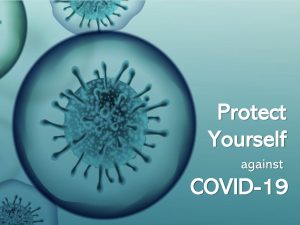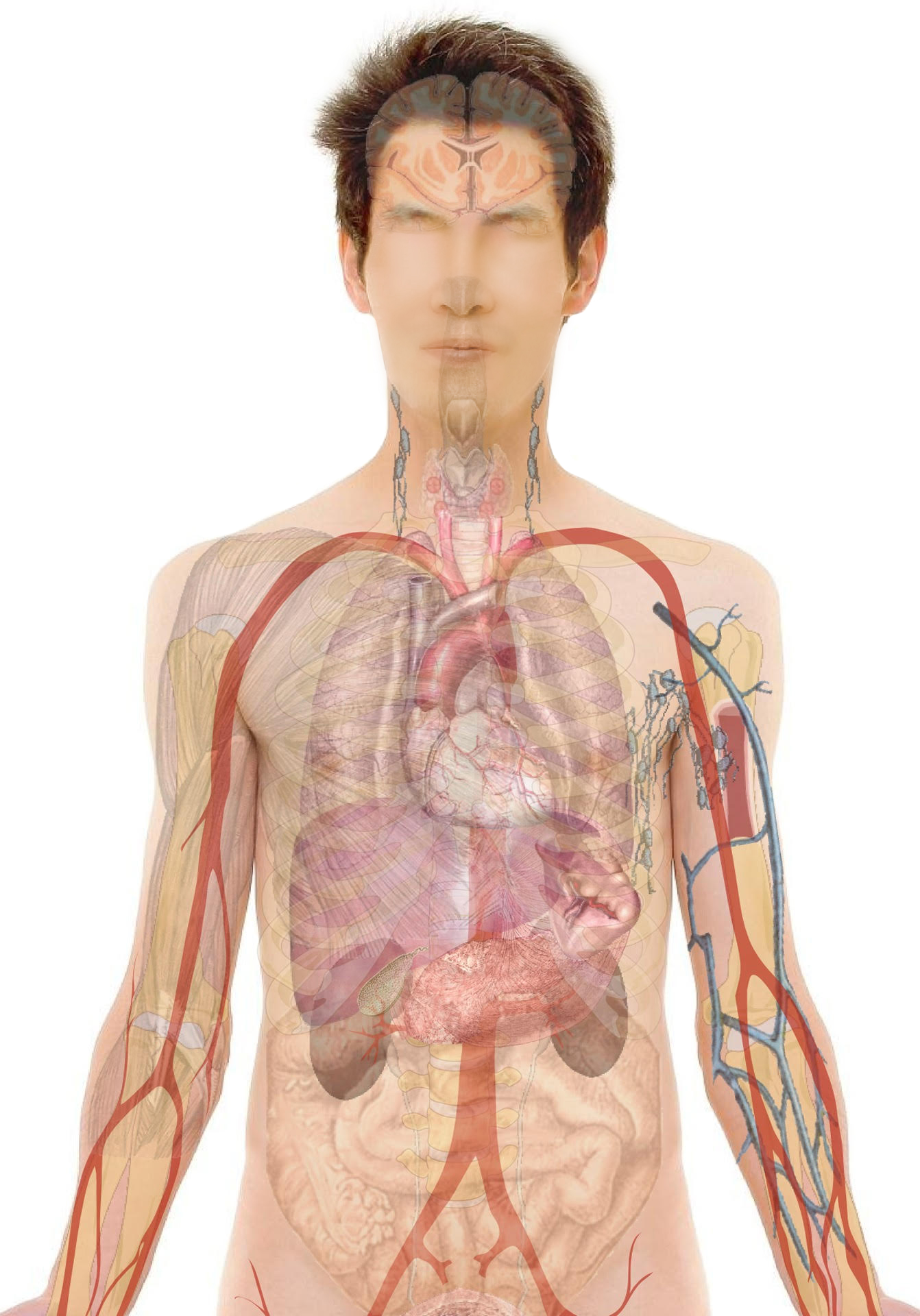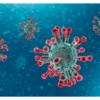Definition and Causes:
DEFINITION:
Urinary bladder is a muscular hollow sac that serves as a urine reservoir in the human body. Any swelling or inflammation of the walls of the urinary bladder is called cystitis.
Urinary bladder is part of the urinary tract system; which consists of
- Two kidneys (bean-shaped organs used for filtering waste products from the body and produces urine)
- Two ureters (serve to excrete urine into the urinary bladder from the kidneys)
- Urinary bladder (a reservoir for urine)
- Urethra (a tube which connects the urinary bladder to the outside of the body and is used for urination)
Cystitis is more common in females than males, the reason being small urethra.

CAUSES:
A) Infectious cystitis:
The urine is normally sterile so is the environment which contains it. The infection usually starts at the opening of the urethra and travels upward into the urinary bladder.
Bacterial bladder infections may occur in women as a result of sexual intercourse, but sexually inactive girls and women are also susceptible to lower urinary tract infections because the female genital area often harbors bacteria which can cause cystitis.
Cystitis associated with other conditions. Cystitis may sometimes occur as a complication of other disorders, such as female organ cancers, tuberculosis, lupus, etc.
B) Non-infectious cystitis:
There are number of non-infectious factors causing cystitis and includes:
- Painful bladder syndrome also known as interstitial cystitis is a condition with an unknown cause. The condition can be difficult to diagnose and treat. It presents like a bacterial infection with no bacteria in the urine, so the antibiotic treatment does not work
- Drug-induced cystitis: Certain anticancer drugs may cause inflammation of urinary bladder, as the broken down components of the drugs are excreted out in the urine through the urinary bladder
- Foreign-body cystitis: Long-term use of a catheter can predispose to bacterial infections or fungal infection and to tissue damage, both of which can cause cystitis i.e. bacterial or traumatic
- Chemical cystitis: Some people may be hypersensitive to chemicals contained in certain products, such as bubble bath, feminine hygiene sprays or spermicidal jellies, and may develop an allergic-type reaction within the bladder, causing inflammation
- Radiation therapy-induced cystitis: Is a common side effect of radiation therapy given in the pelvic area, in both sexes
- Cystitis associated with other conditions: Cystitis may sometimes occur as a complication of other disorders
- Eosinophilic cystitis: This is a rare form of cystitis that is caused by an accumulation of eosinophils (a type of white blood cell) in the bladder wall
Symptoms:
A bladder infection can be painful, and they may become a serious health problem if left untreated; the infection tends to spread and ascend up to the kidneys.
The signs and symptoms include:
- Urgency to pass urine with an increase in frequency
- Burning sensation may or may not be present
- Passing scanty urine, with a feeling of incomplete urination
- Cloudy or strong smelling urine
- Noticing blood during or after urination (hematuria)
- Deep discomfort in the pelvic area
- Sometimes there may be a feeling of heaviness in the lower abdominal region
- Pain may or may not be present in the lower back region
- Low-grade fever or fever with chills
- Children having sudden daytime wetting accidents, may be suffering from cystitis
In case of urgent, frequent, or painful urination that lasts for a day or if you notice blood in your urine, the symptoms require to be investigated by the family physicians.
Investigations and Treatment:
INVESTIGATIONS:
In addition to the detailed history of symptoms, including discussion of urinary complaints, complete information of other illnesses and medicines; the following test may be required to find the cause:
Labs
- Urinalysis: A urine sample is collected and sent to the lab for macro and microscopic evaluation if there are any bacteria, pus or blood in the urine
- Urine cultures: If there is a history of low-grade fever or chills and bacterial cystitis is suspected another sterile (clean catch) sample is collected and sent for cultures
- Blood test: To check hemoglobin in case there is some blood loss in the urine and blood cultures to see if there are any infections
Imaging
- X-ray and ultrasound of the lower abdomen: In non-infectious cystitis, where there is no evidence of infection they may help rule out structural abnormalities or tumors
- Cystoscopy: In recurrent cystitis, an inspection of a urinary bladder with a cystoscope is done which is a thin tube with a light bulb and camera attached to it. It is used to examine the inside of the urinary bladder and helps in diagnosis. Sometimes this technique is also used to take a sample of tissue (biopsy) from the bladder for lab analysis
TREATMENT:
The usual treatment for infectious cystitis is antibiotics, while the treatment for non-infectious cystitis depends on the underlying cause.
Management of infectious cystitis:
- For uncomplicated infections and patients with low risk of having recurrent infections only 3 day course may be sufficient; mostly after a week of treatment most patients are free of infection
- In case the symptoms don’t clear within a few days of treatment the physician may discontinue the treatment and send the urine cultures in order to find the specific bacteria causing the infection
- If the infection recurs within 3 weeks of treatment(relapsing infection), it is treated similarly as the first one, but the duration of the treatment is increased to 14 days, these may occur due to treatment failure, structural abnormalities, abscesses, etc; which should be excluded and treated accordingly
- Recurrent infections are defined as symptomatic infections; if occurring more than twice within 6months; or more than 3 times in a year. It may require intermittent self-treatment i.e. as soon as the patient develops symptoms 3 day antibiotic regimen is given; but this may not be suitable for patients with the weak immune system, previous kidney infection, past antibiotic-resistant bacterial infection or structural abnormality
- Postcoital antibiotics: If the recurrent infection is related to sexual activity, a single preventive dose taken immediately after intercourse is effective
- A continuous preventive (prophylactic) antibiotic is an option for some women who do not respond to other measures
- Patients with uncomplicated kidney infections (pyelonephritis) may be treated at home with oral antibiotics. Patients with a moderate-to-severe acute kidney infection and those with severe symptoms or other complications may need to be hospitalized
- Pregnant women should be screened for UTIs since they are at high risk for UTIs and their complications. The antibiotics used during pregnancy include amoxicillin, ampicillin, nitrofurantoin, and cephalosporin. fosfomycin (Monurol) is not as effective as others but may be used during pregnancy. Pregnant women should not take fluoroquinolones
- Children with UTIs are generally treated with TMP-SMX, cephalexin (Keflex), and other cephalosporins, amoxicillin, or amoxicillin/clavulanic acid (Augmentin). These drugs are usually taken by mouth in either liquid or pill form. Doctors sometimes give them as a shot or IV. Children usually respond to treatment within a few days
- Patients using catheters who develop UTIs with symptoms should be treated for each episode with antibiotics and the catheter should be removed, if possible, or changed
Medications:
Most commonly prescribed antibiotics trimethoprim-sulfamethoxazole also known as TMP-SMX. It is a combination with sulfa drugs to which allergies are common and serious.
Other choices in antibiotics are fluoroquinolone, ciprofloxacin (Cipro) is the quinolone antibiotic, nitrofurantoin (Furadantin, Macrodantin), fosfomycin (Monurol) used during pregnancy, amoxicillin (with or without clavulanate) and cephalosporins; doxycycline is often effective but cannot be given to children or pregnant women.
These medications should be taken only as directed and under the supervision of a doctor.
The most commonly used drugs include:

Management of non-infectious cystitis:
- Interstitial cystitis(IC): There is no standard treatment and varies from patient to patient. Pentosan polysulfate sodium, the only medication taken by mouth that is approved for treating IC; other therapies may include overfilling of bladder with water under anesthesia, bladder training (going at specific times), or direct instillation of medicine such as (heparin, lidocaine etc), to relaxing the muscles of pelvic floor by physical therapies
- Drug-induced cystitis: The management should be targeted to keep the kidneys flushed by taking lots of fluid and making a lot of urine to get rid of the broken down drug components; during and after the use of such agents
- Foreign-body cystitis: Is often caused by long term use of catheters or diaphragms inserted for contraception etc. Often due to the trauma to the surrounding structures, the injury then harbours bacteria causing infections. The infection should be treated with antibiotics and the trauma requires removal of causative agents if possible i.e. catheters or diaphragm
- Chemical cystitis: Avoiding the chemicals should be sufficient
- Radiation therapy-induced cystitis: Commonly requires pain management with increased fluid intake to keep the urinary bladder flushed
- Cystitis associated with other conditions: Cystitis as a complication of other disorders, such as pelvic inflammatory disorders, endometriosis, etc, should be treated to cure the infection
- Eosinophilic cystitis: This is a rare form of cystitis that is caused by an accumulation (buildup) of eosinophils (a type of white blood cell) in the bladder wall. The actual cause is unknown. Nonsteroidal anti-inflammatory agents and anti-histamines are favored first-line agents followed by corticosteroids or cyclosporine, for refractory cases open bladder surgery may be advised
Risk Factors and Prevention:
Prevention:
Practicing good hygiene may prevent being susceptible to urinary infections such as:
- To clean the area thoroughly after bowel movements
- Urinating before and after the intercourse may clear the bacteria
- Taking a shower rather than a bath
- Avoid bath oils, feminine hygiene sprays, etc, due to specific chemical allergies one may develop
- Drinking lots of fluid to flush the urinary system
- Avoid having sex with multiple partners; this can cause many health problems including sexually transmitted diseases
Cranberry juice may help decrease the number of symptomatic UTIs, especially for women with recurrent urinary tract infections. Probiotics found in yogurt may have some protection against some urinary tract infections.
Outcome:
Most cases of cystitis are uncomfortable, but go away without complications after treatment cystitis are uncomfortable, but go away without complications after treatment.








